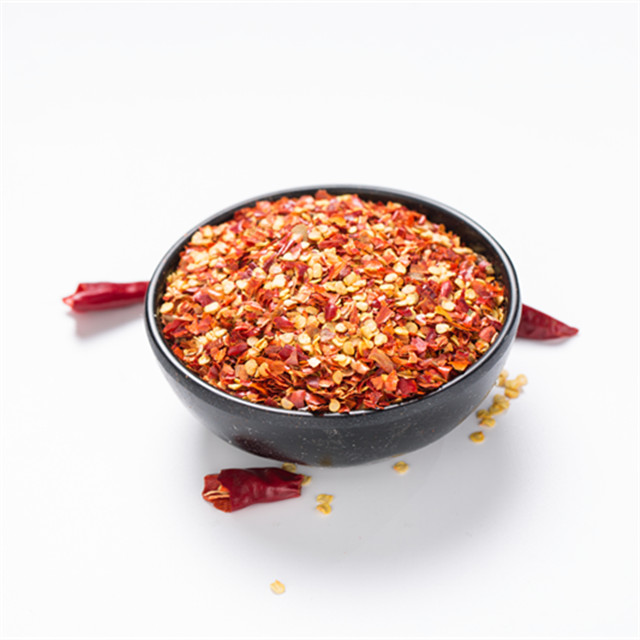The Role of Coating Additives in Enhancing Performance and Durability
Coating additives play a pivotal role in the formulation of paints, coatings, and inks. They are essential components that enhance the performance, aesthetic, and durability characteristics of the final product. By altering physical and chemical properties, these additives help in achieving the desired functionality that modern applications demand. This article explores the different types of coating additives, their functions, and the significant benefits they deliver.
Types of Coating Additives
Coating additives can be categorized into several types based on their function
1. Dispersants These are used to stabilize pigment particles within the coating. Dispersants help to prevent agglomeration, ensuring uniform distribution of pigments, which ultimately leads to improved color consistency and enhanced opacity.
2. Surfactants Surfactants are versatile additives that play a crucial role in reducing surface tension. They improve wetting and spreading of coatings over substrates, enabling better adhesion. Surfactants can also help defoam the coating during application, ensuring a smooth finish without air bubbles.
3. Thickeners These additives modify the viscosity of the coating, influencing the application characteristics. Thickeners are essential for controlling flow and leveling, ensuring that coatings can be applied evenly without running or sagging.
4. Flexibilizers To enhance the flexibility and durability of coatings, flexibilizers are added. They allow the coating to expand and contract with temperature changes, preventing cracking and peeling. This is particularly important in exterior applications where environmental stress can lead to coating failure.
5. Anti-Settling Agents These additives prevent pigment settling during storage, ensuring a homogenous mixture upon application. They are vital for maintaining the quality and effectiveness of coatings over time.
coating additives

6. Biocides Biocides are incorporated to protect coatings from microbial growth. They keep the surface clean and maintain the aesthetic appearance of the coating, especially in humid environments where mold and mildew can thrive.
Benefits of Coating Additives
The inclusion of coating additives can lead to significant improvements in performance
- Enhanced Durability Coating additives such as UV absorbers and antioxidants increase the longevity of coatings by protecting them from environmental degradation, including UV radiation and oxidation.
- Improved Aesthetics Additives that enhance gloss, texture, and color retention contribute to the visual impact of coatings, making them more appealing for decorative applications.
- Increased Efficiency Additives that improve application properties reduce waste and improve efficiency during the application process. This is particularly important for industrial coatings where time and material costs are critical.
- Cost-Effectiveness Although coating additives can represent an added cost in formulation, their ability to enhance performance and reduce failures leads to long-term savings. Effective coatings can reduce maintenance costs and lead to longer intervals between reapplications.
Conclusion
Coating additives are indispensable in modern coatings technology, providing solutions to meet the diverse needs of various industries. From enhancing durability and aesthetic appeal to improving application efficiency, these additives play a critical role in the performance of paints, coatings, and inks. As the industry continues to evolve, ongoing research and development in coating additives will likely lead to even more innovative solutions that address the challenges of a dynamic market. By understanding and effectively leveraging these additives, manufacturers can create high-quality coatings that not only meet but exceed customer expectations.
-
The Application and Significance of Construction RdpNewsMay.19,2025
-
Industrial Grade HpmcNewsMay.19,2025
-
Building Coating Adhesive Building Coating Adhesive HpmcNewsMay.19,2025
-
Application Of Hpmc For Detergent For Detergent In DetergentsNewsMay.19,2025
-
Application Of Hpmc Cellulose In Cement-Based MaterialsNewsMay.19,2025
-
Application Of High Quality Hpmc For Construction In The Field Of ConstructionNewsMay.19,2025




